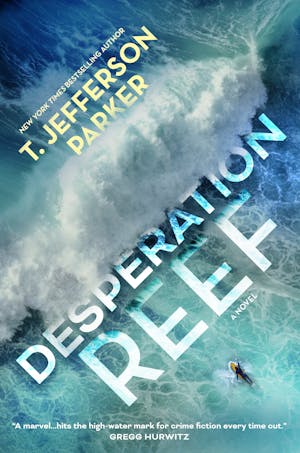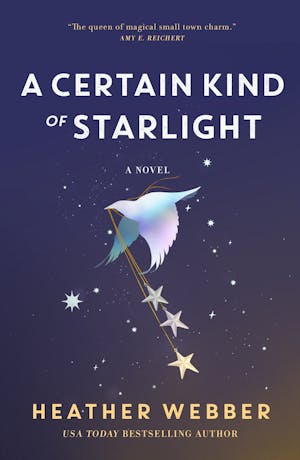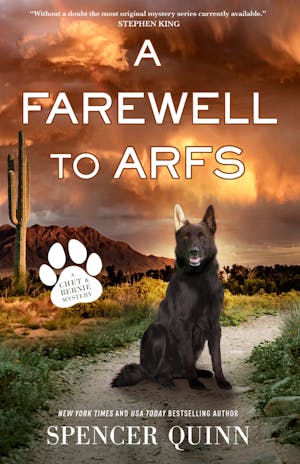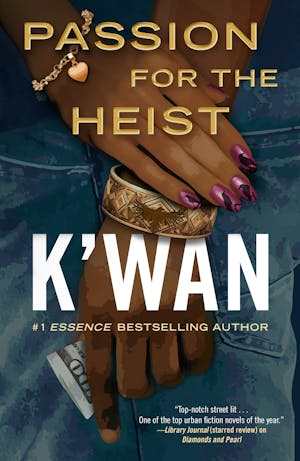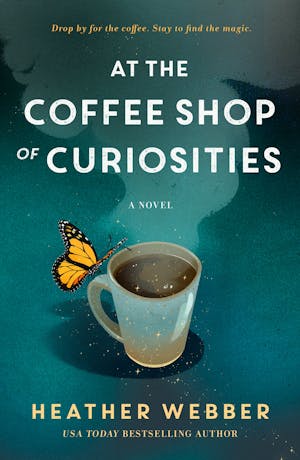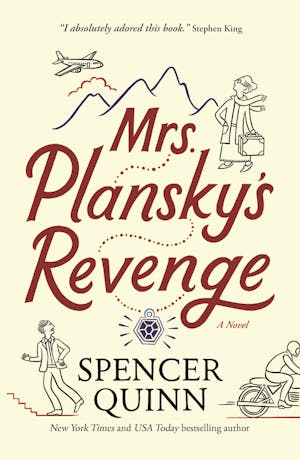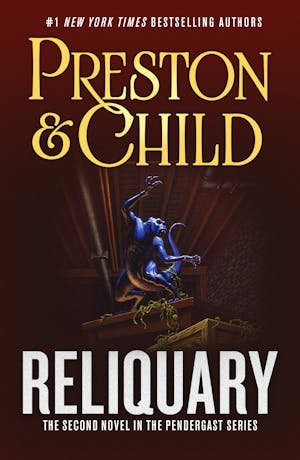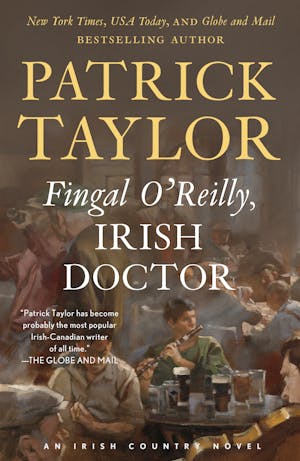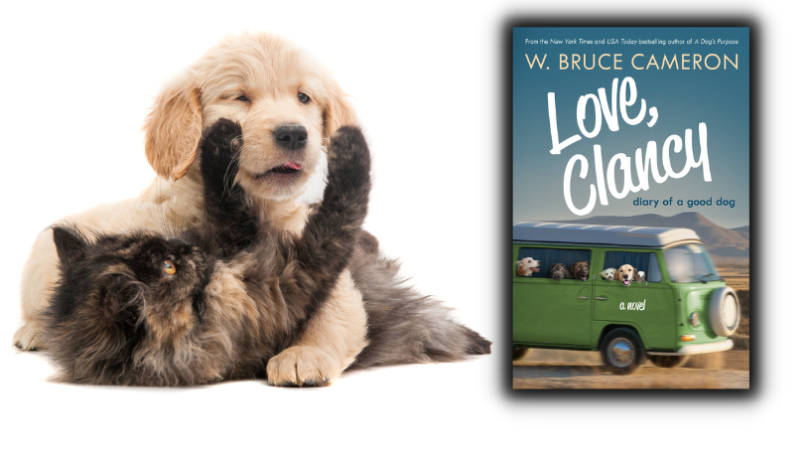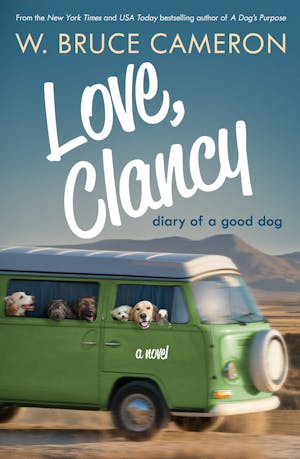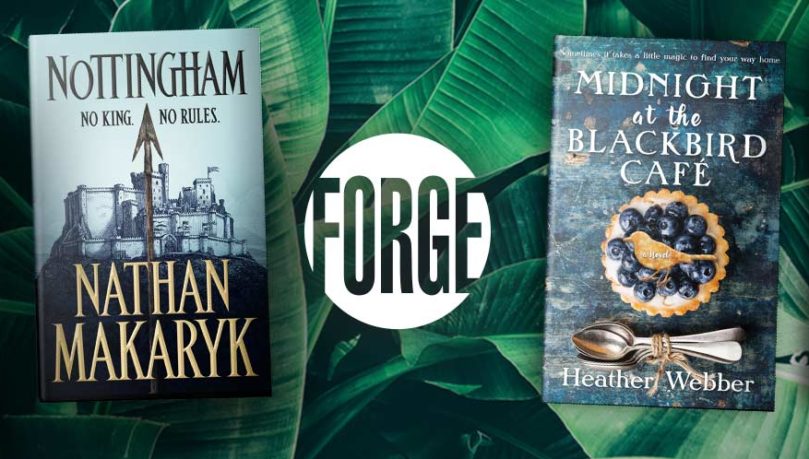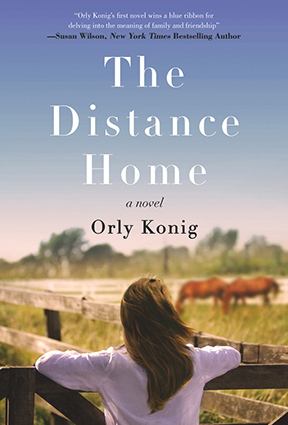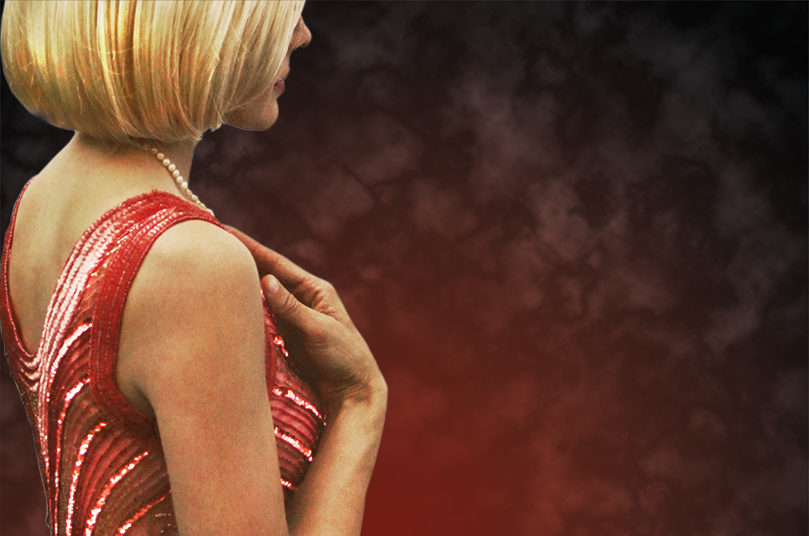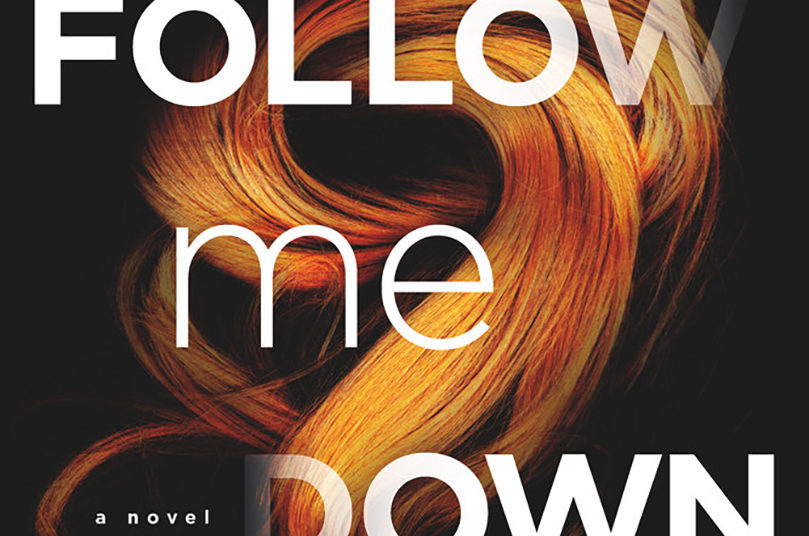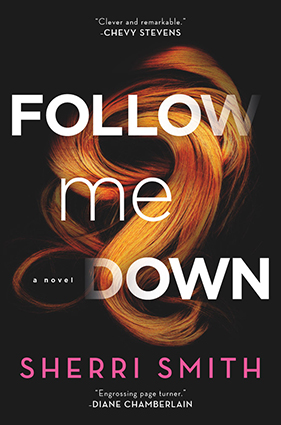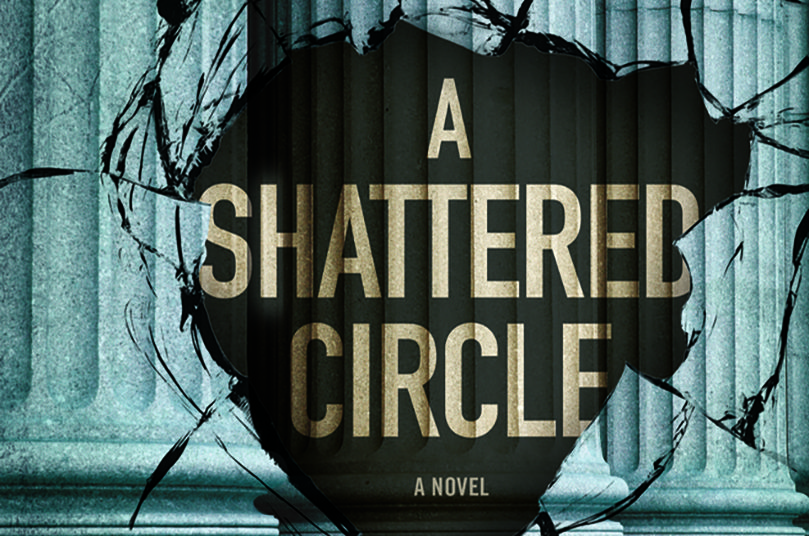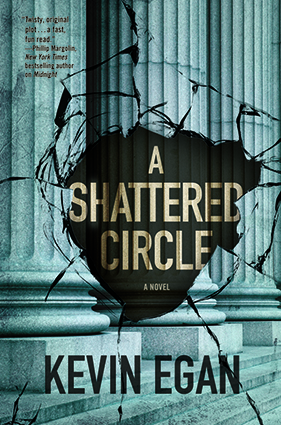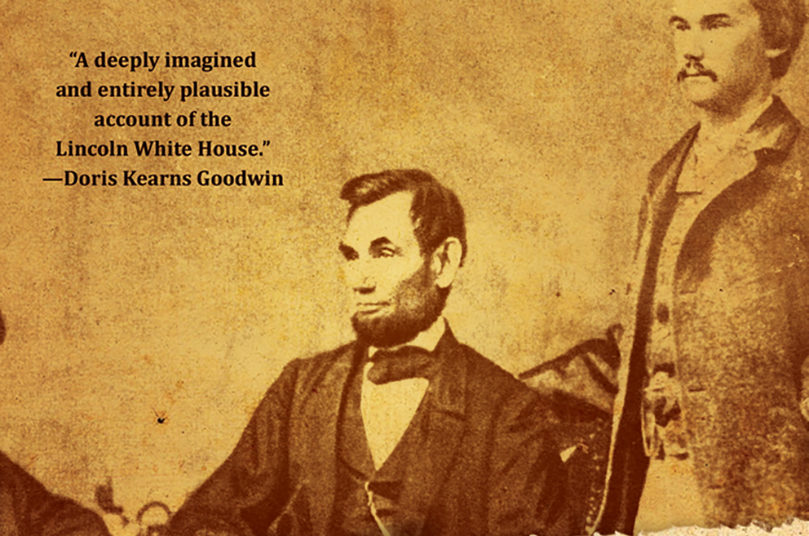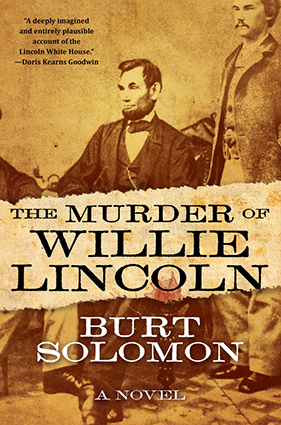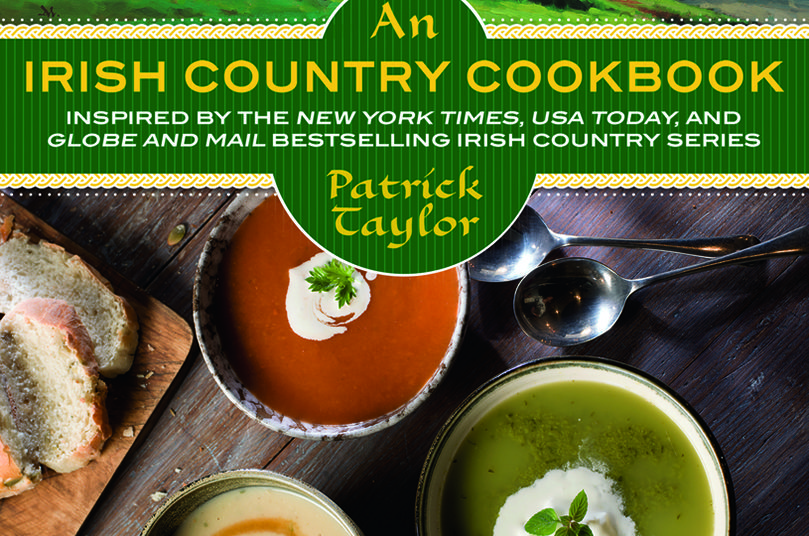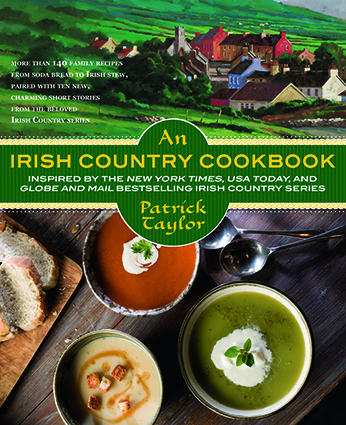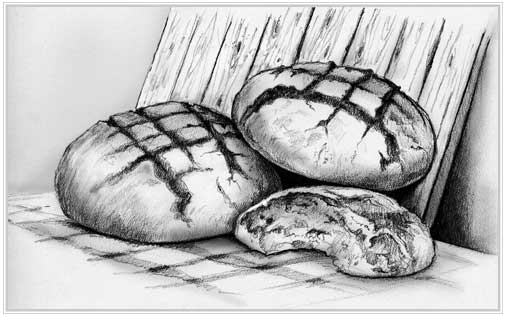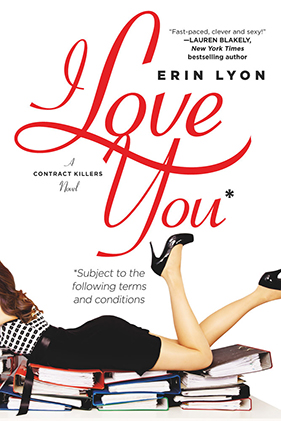Summer is finally here! With it comes bright, sunny days and lots of time to relax by the pool, at the beach, or in the comfort of the AC! If you’re looking to take a vacation from your daily stressors by getting lost in gripping books that’ll keep you on the edge of your (beach) chair, we’ve definitely got you covered like sunscreen. Catch the wave of all these incredible books coming from Forge this summer!
Masquerade by O.O. Sangoyomi
Set in a wonderfully reimagined 15th century West Africa, Masquerade is a dazzling, lyrical tale exploring the true cost of one woman’s fight for freedom and self-discovery, and the lengths she’ll go to secure her future.
Coming 7.2.24!
Desperation Reef by T. Jefferson Parker
In this high-stakes thriller by three-time Edgar Award winner and New York Times bestselling author T. Jefferson Parker, (“A marvel…hits the high-water mark for crime fiction every time out.” —Gregg Hurwitz), a big wave surfer and her sons compete in the same contest that killed her husband many years before.
Coming 7.16.24!
A Certain Kind of Starlight by Heather Webber
In the face of hardship, two women learn how to rise up again under the bright side of the stars in A Certain Kind of Starlight, the next book from USA Today bestselling author Heather Webber, “the queen of magical small-town charm” (Amy E. Reichert)
Coming 7.23.24!
A Farewell to Arfs by Spencer Quinn
Spencer Quinn’s A Farewell to Arfs is a return to the adventurous New York Times and USA Today bestselling series that Stephen King calls “without a doubt the most original mystery series currently available.”
Coming 8.6.24!
Passion for the Heist by K’wan
Two broken souls find themselves inescapably drawn into each other’s orbits, and begin their journey of finding lives outside the ones of poverty and sorrow that their worlds had condemned them to. But when shadows from both their pasts threaten their happiness, Passion and Pain set out on an adventure that would make them hunted by law enforcement and celebrated by the underworld. What initially starts out as a mission of vindication quickly turns into a fight for survival.
Coming 8.27.24!
And here are some great books coming out in paperback!
At the Coffee Shop of Curiosities by Heather Webber
From the USA Today bestselling author of In the Middle of Hickory Lane comes Heather Webber’s next enchanting novel, At the Coffee Shop of Curiosities! A mysterious letter. An offer taken. And the chance to move forward.
Coming 7.2.24!
Mrs. Plansky’s Revenge by Spencer Quinn
Mrs. Plansky’s Revenge is bestselling author Spencer Quinn’s first novel in a new series since the meteoric launch of Chet and Bernie–introducing the irresistible and unforgettable Mrs. Plansky, in a story perfect for book clubs and commercial fiction readers.
Coming 7.9.24!
Reliquary by Douglas Preston and Lincoln Child
From #1 New York Times bestselling authors Douglas Preston and Lincoln Child comes the second spine-chilling novel featuring Special Agent Pendergast.
Coming 7.23.24!
One Wrong Word by Hank Phillippi Ryan
A heart-racing psychological thriller from USA Today bestselling and multiple award-winning author, Hank Phillippi Ryan.Gossip. Lies. Rumors. Words like that can hurt you. And Arden knows the reality. Sometimes one wrong word can kill.
Coming 8.6.24!
A Winter’s Rime by Carol Dunbar
A harrowing and emotional novel set in rural Wisconsin—A Winter’s Rime explores the impact of generational trauma, and one woman’s journey to find peace and healing from the violence of her past.
Coming 8.13.24!
Fingal O’Reilly, Irish Doctor by Patrick Taylor
The beloved Irish Country series continues in Fingal O’Reilly, Irish Doctor, an enchanting novel by New York Times, USA Today, and Globe and Mail bestselling author Patrick Taylor.
Coming 8.13.24!



